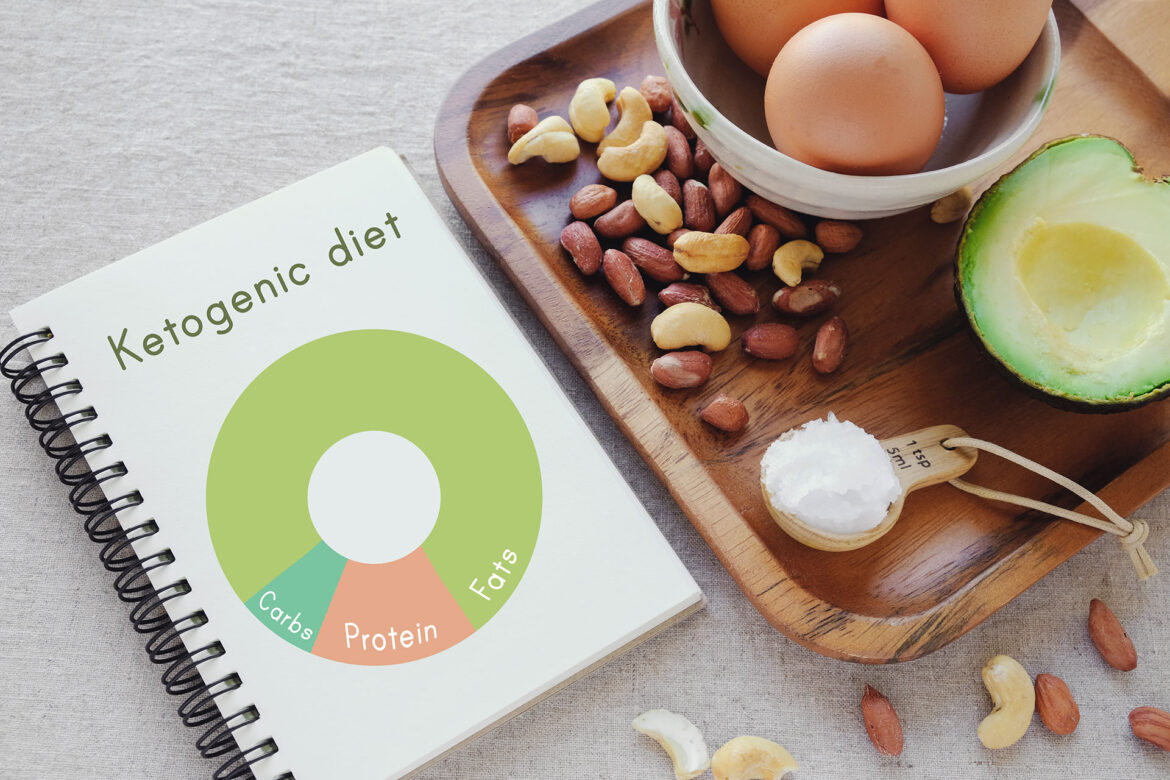Planning a daily menu isn’t difficult as long as each meal and snack has some protein, fiber, complex carbohydrates, and a little bit of fat.
Here’s what you need to know about each meal:
Eating breakfast will help you start your day with plenty of energy. Don’t ruin your breakfast with high-fat and high-calorie foods. Choose some protein and fiber for your breakfast; breakfast is also a good time to eat some fresh fruit.
A mid-morning snack is totally optional. If you eat a larger breakfast, you may not feel hungry until lunchtime. However, if you’re feeling a bit hungry and lunch is still two or three hours away, a light mid-morning snack will tide you over without adding a lot of calories.
Lunch is often something you eat at work or school, so it’s a great time to pack a sandwich or leftovers that you can heat and eat. Or, if you buy your lunch, choose a healthy clear soup or fresh veggie salad.
A mid-afternoon snack is also optional. Keep it low in calories and eat just enough to keep you from feeling too hungry because dinner is just a couple of hours away.
Dinner is a time when it’s easy to over-eat, especially if you haven’t eaten much during the day, so watch your portion sizes. Mentally divide your plate into four quarters. One-quarter is for your meat or protein source, one-quarter is for a starch, and the last two-quarters are for green and colorful vegetables or a green salad.



